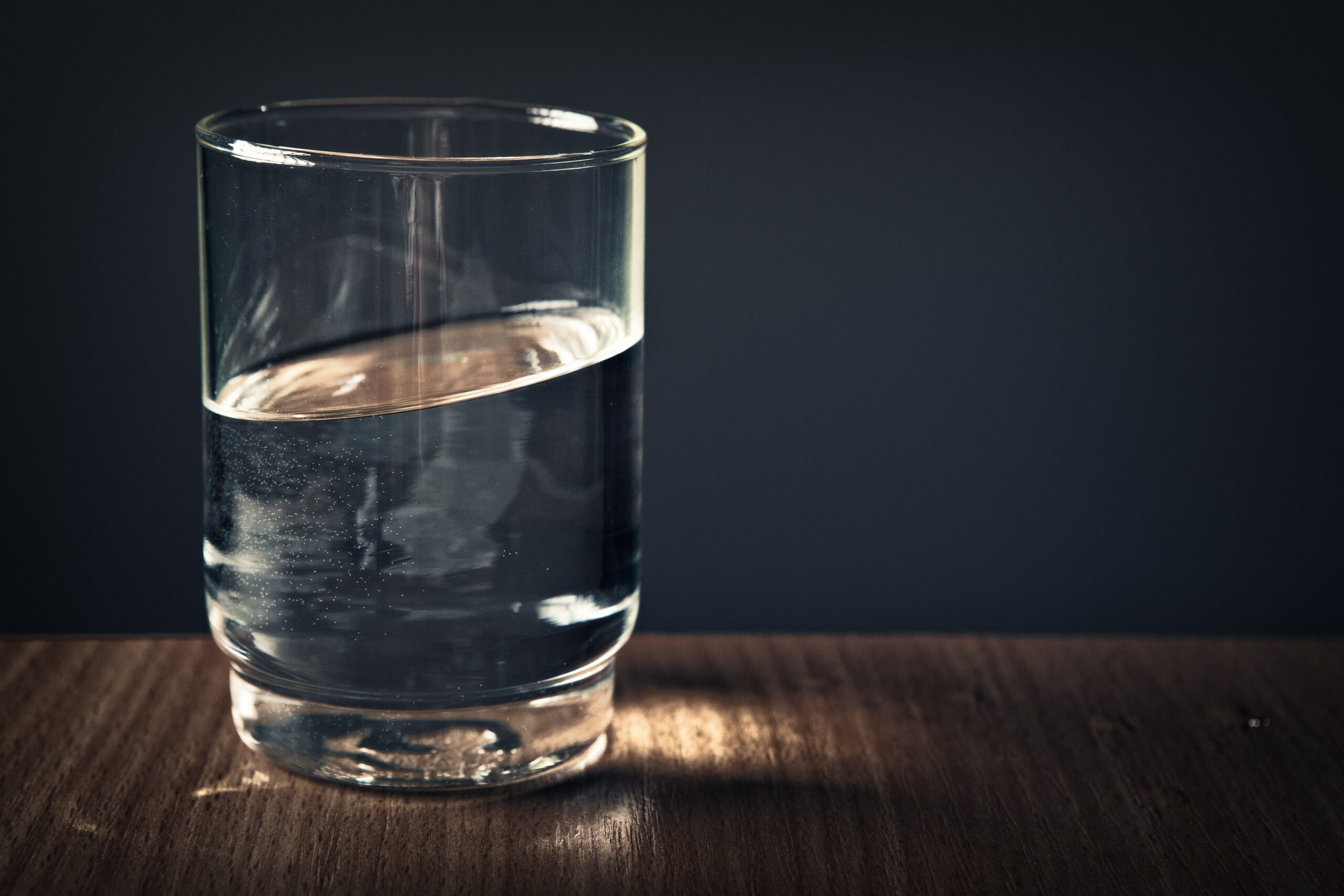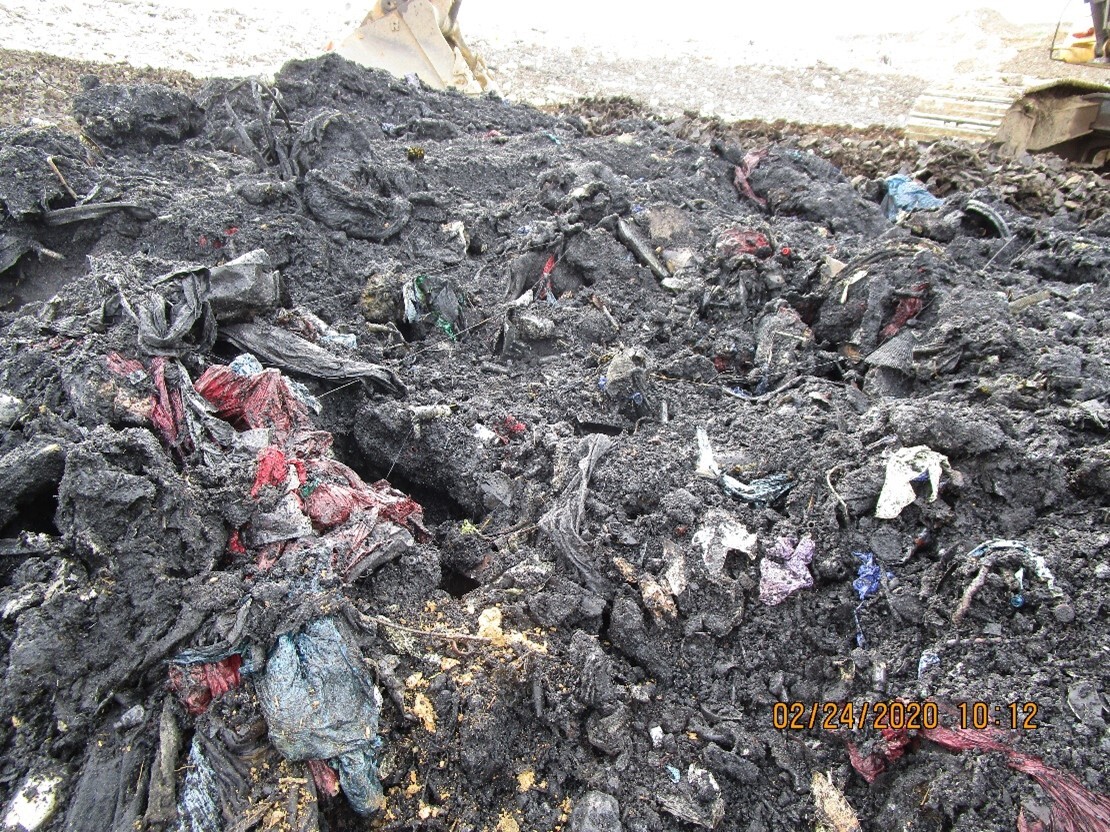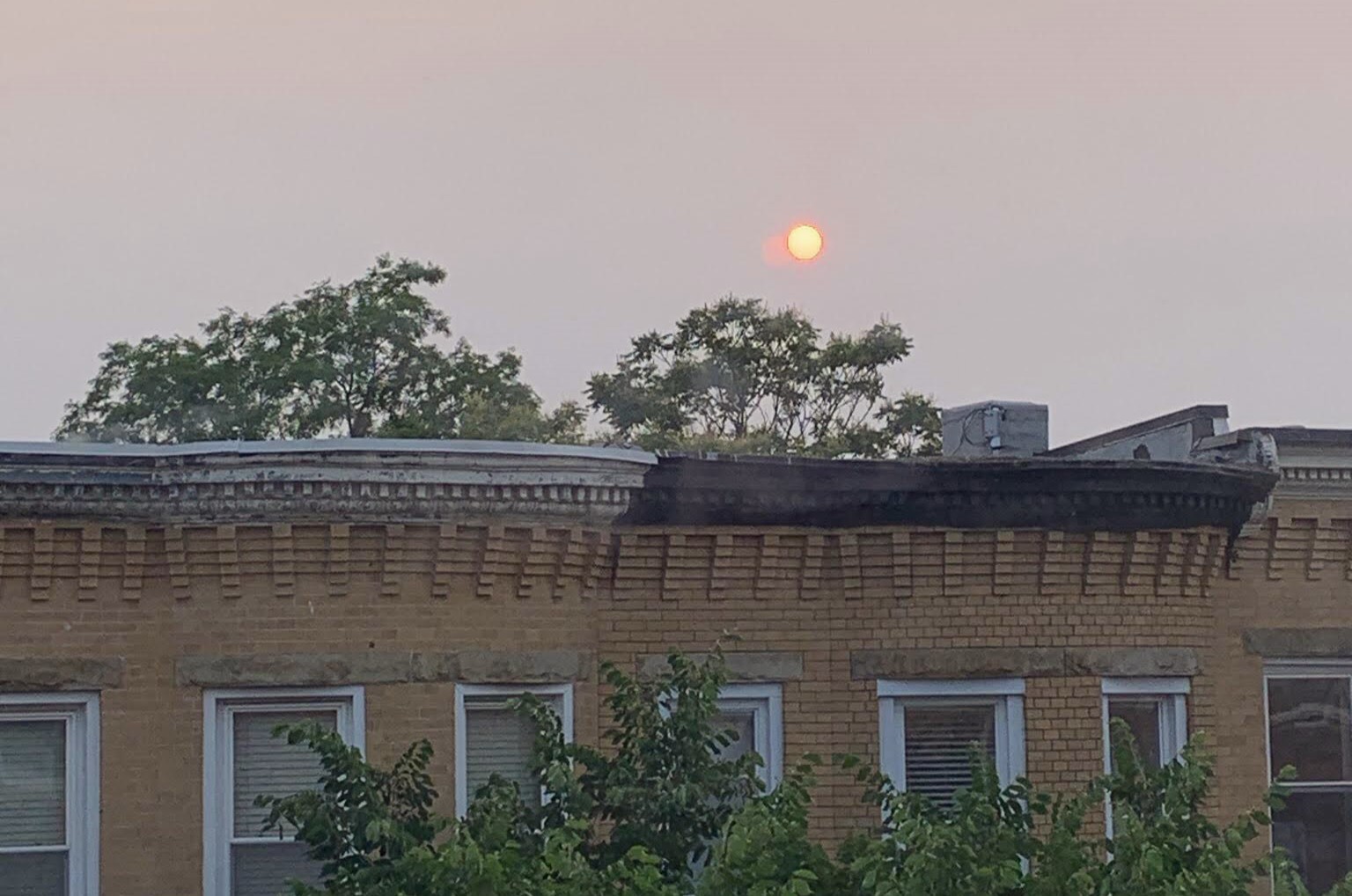Report: Eastern Shore Has Unhealthy Levels of Nitrate in Drinking Water Due to CAFOs

Editor’s note: This story has been updated with comments from a representative with Delmarva Poultry Industry, Inc.
Two counties on Maryland’s Lower Eastern Shore, where there are hundreds of concentrated animal feeding operations (CAFOs), have unhealthy levels of nitrate in drinking water, which may lead to health problems such as blue baby syndrome, thyroid disease and pregnancy complications.
More than a third of Wicomico and Worcester counties’ population, or at least 61,000 residents, may have been or are currently exposed to dangerous nitrate levels, according to a recent study by The Center for Progressive Reform.
One in every 25 private drinking water wells in the two counties have nitrate levels above the U.S. Environmental Protection Agency’s safe drinking water threshold, while one in every 14 wells had nitrate levels below the threshold, but at levels that may also be harmful to health. In addition, one public water utility reported nitrate levels above the EPA threshold while more than half reported nitrate levels below. The measurements were taken between 2018 and 2020.
Blue baby syndrome, which affects babies under six months old, is one of the most recognized risks of nitrate consumption. A baby’s stomach can easily convert nitrate into nitrite, which can harm the blood’s oxygen carrying capacity and lead to oxygen deprivation and death, according to the study. Furthermore, nitrate pollution in drinking water may be responsible for 12,500 cases of cancer per year in the US, as well as low birth rates and preterm births, according to a 2019 study from the Environmental Working Group.
Although no state is required to periodically test private well water, the study found that Maryland was one of the top five states with the fewest policies protecting residents from nitrates in private well drinking water, which raises concerns as most Lower Eastern Shore residents rely on private wells. Nor does the federal Safe Drinking Water Act ― which sets the maximum threshold for nitrates in public drinking water ― extend its protections to private drinking water wells or smaller community water systems, which 42 million Americans rely on.
Water from Maryland private wells are only required to be tested at the time they are constructed, and the state does not offer financial assistance for well water testing or notify private well owners when there is known contaminated groundwater nearby.
“These findings are troubling on their own, but they raise larger questions,” co-author Katlyn Schmitt said in a statement. “What don’t we know about nitrate contamination in private wells and public water sources on the Lower Eastern Shore? Are health hazards lurking just beneath the surface, unknown and unaddressed because of a lack of testing and transparency? Additional investigation and more testing are needed to determine the extent of nitrate pollution and its impacts in this region.”
The amount of concentrated animal feeding operations (CAFOs) in Maryland, which are mostly on the Lower Eastern Shore, has dramatically increased from seven in 2009, when the state’s first CAFO permits were issued on Dec. 1, to 526 in October 2020. Wicomico, Worcester and Somerset have the highest number of CAFOs, respectively.
James Fisher, a spokesman for Delmarva Poultry Industry, Inc., says there has been a decline in the number of Delmarva chicken growers from 1,667 in 2009 to 1,325 in 2019.
Nevertheless, “a single poultry CAFO raising 82,000 laying hens can produce 2,800 tons of manure a year, more than three times the amount produced by the Maryland Zoo in Baltimore each year,” Darya Minovi, CPR Policy Analyst and co-author, said in a statement. “Though private well testing data is limited, our investigation found indicators that CAFO pollution is contaminating the groundwater that residents rely on for their drinking water. Since nitrates are colorless, tasteless, and odorless, most families don’t even know that it’s in their water.”
However, Fisher counters that most Maryland children farms do not feature hens laying eggs but rather chicks that arrive on farms as day-old chicks and grow for 5-8 weeks before being removed from the farm for processing. Chicks generate much less manure than adult chickens, he said.
Wicomico and Worcester each has nearly 9 million broilers on factory farms, which produce over 120 million pounds of litter, according to a 2020 study by Food & Water Watch.
The large amounts of manure that CAFOs produce are one of the leading sources of nitrogen pollution in Maryland waterways, which increased by 30% between 2009 and 2018, according to the report. Most of the manure is applied to fields in a solid form in large concentrations rather than undergoing sewage treatment, which makes it easy for nitrates from the manure to enter groundwater through rain or irrigation, according to the report. Last year, the General Assembly passed a bill that requires farms to report how much manure is generated and where it is transported.
Nitrate pollution also disproportionately affects minority, low-income families, demonstrated by the fact that Wicomico, Worcester and Somerset counties have higher proportions of people living poverty than the state average. Somerset and Wicomico counties also have the highest proportion of Black residents in Maryland’s shore counties, which the report suggests is a result of systemic racism.
Neither boiling nor chemical disinfectants can remove nitrates from drinking water. Rather, more expensive technology such as ion exchange or reverse osmosis is needed, which may not be an option for low-income families.
To address high levels of nitrates in drinking water on the Lower Eastern Shore, the report recommends that Maryland set safe drinking water standards for private wells and other community systems, which are not covered under the federal Safe Drinking Water Act. The report also recommends a statewide moratorium on new CAFOs, which has been demanded by advocates for the last few years.
All water quality testing results for private wells should be available on a public online portal and the Maryland Department of Health and Maryland Department of the Environment should create a compensation program that helps pay for well water testing and prioritize low-income residents, the report concludes.




 Creative Commons Attribution
Creative Commons Attribution